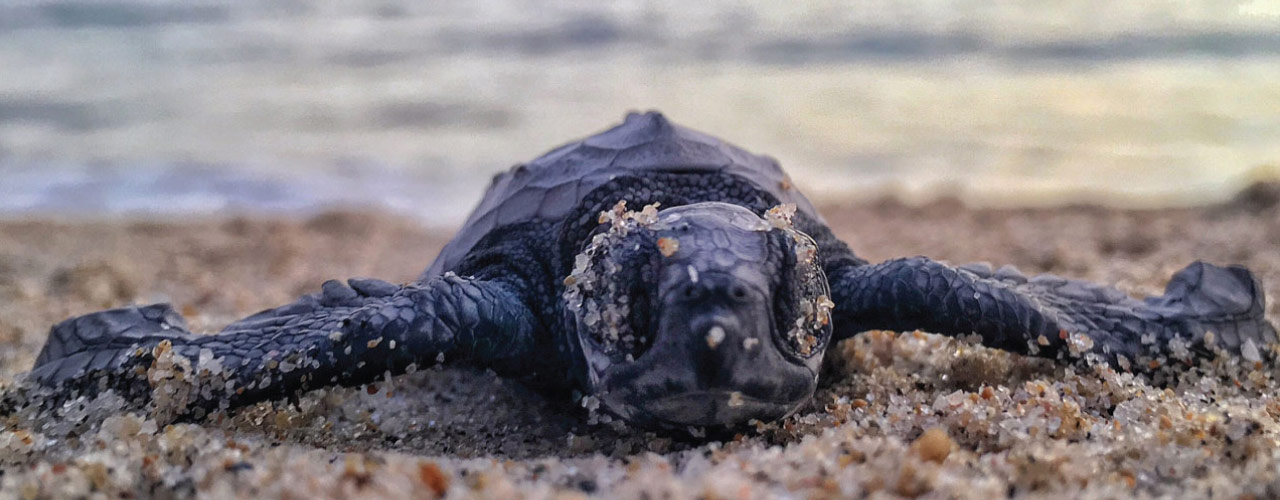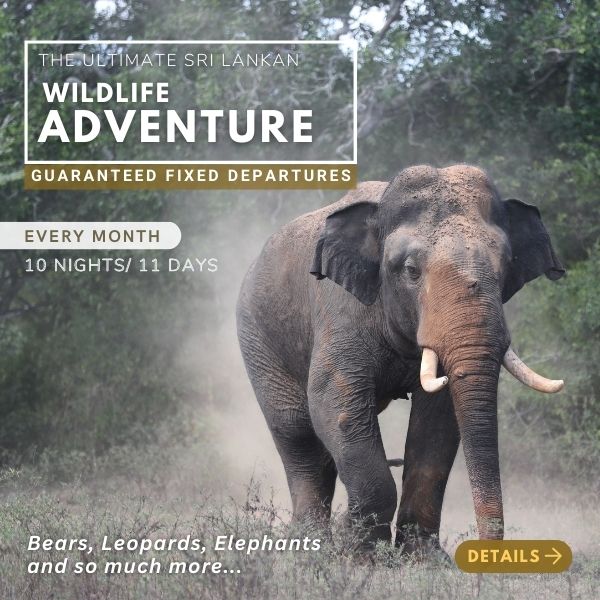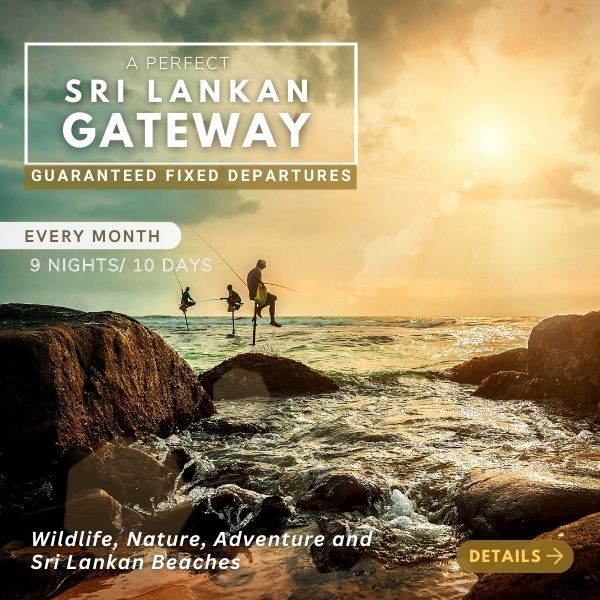The terrible truth behind Commercial Turtle Hatcheries in Sri Lanka
Anuruddha Bandara, Founder of Eco Team, argues that Commercial Turtle Hatcheries can do more harm than good to Sea Turtle Conservation.
In theory, it’s like a fairytale with a happy ending. Unsuspecting sea turtle mothers lay eggs in the southern beaches of Sri Lanka, but suddenly their babies are stolen by poachers for turtle egg omelettes! Luckily, turtle hatcheries swoop in and rescue the eggs, by purchasing them from poachers. They safely tuck the eggs into their protected nursery, far away from poachers and predators - like feral dogs and water monitors- until they’re ready to hatch. At the end, the hatchlings are released into the sea at sunset.
However, the reality is the terrible truth behind the fairytale most believe. These are the repercussions of Commercial Turtle Hatcheries in Sri Lanka stepping in to ‘save the day’:
Hatching rate decreases
Collecting eggs from the sea turtles’ natural nest for relocation, decreases hatching success rates from 90% in natural nests to 50 – 70% in hatcheries.
Relocating eggs could create a gender imbalance
According to the Sea Turtle Conservancy, cooler sand has a tendency to produce more males, with warmer sand producing females. The potentially higher temperatures in our hatcheries, due to overcrowding, may produce an unnaturally high ratio of females to males, which overall affects with the survival of the species.
Adversely interferes with the hatchlings’ critical stage of development
As soon as hatchlings are born, entering the sea should be allowed without interference. Many existing commercial hatcheries in Sri Lanka do not provide these conditions; they keep the hatchlings in cement tanks for weeks during tourist season.
Energy depletion in tanks decreases their survival rate
Keeping hatchlings in small tanks, swimming in circles for days or weeks, consumes their stored energy and makes them weak. After they’re eventually released, the energy they would have to swim out to the deep ocean and survive predators, is low.
Overcrowding and the spread of disease in tanks
In addition to the generally weakened state of captive hatchlings, some hatcheries don’t regularly change the tank water, leading to the spread of diseases due to unhygienic conditions. On top of that, most commercial hatcheries allow tourists to touch the hatchlings, which further increases the risk of contamination and disease.
Disrupts imprinting
Sea turtles have an imprinting mechanism when they hatch, helping them return to their natal beach to lay their own eggs someday. However, being in tanks and swimming in circles, instead of freed during that critical stage, will likely disrupt imprinting.
Profit as priority and not conservation
Hatchlings who survive the tank are usually released out to sea by the tourists who pay the hatchery to do this! Unfortunately this happens mostly during the daylight hours or in places with artificial lighting – both situations disorient and adversely affect the hatchlings.
Today, nearly all species of sea turtles are classified as endangered by the IUCN Red List High, but demand from the tourism sector abets the continued operation of commercial turtle hatcheries that do more harm than good. Though ethical and not-for-profit turtle hatcheries can contribute to real turtle conservation, we do not see any such efforts amongst the current commercial operations in Sri Lanka.
References:
http://www.ft.lk/columns/Sea-turtle-conservation-Is-it-up-to-the-hatcheries/4-684619
http://www.seaturtle.org/mtn/archives/mtn60/mtn60p19.shtml













